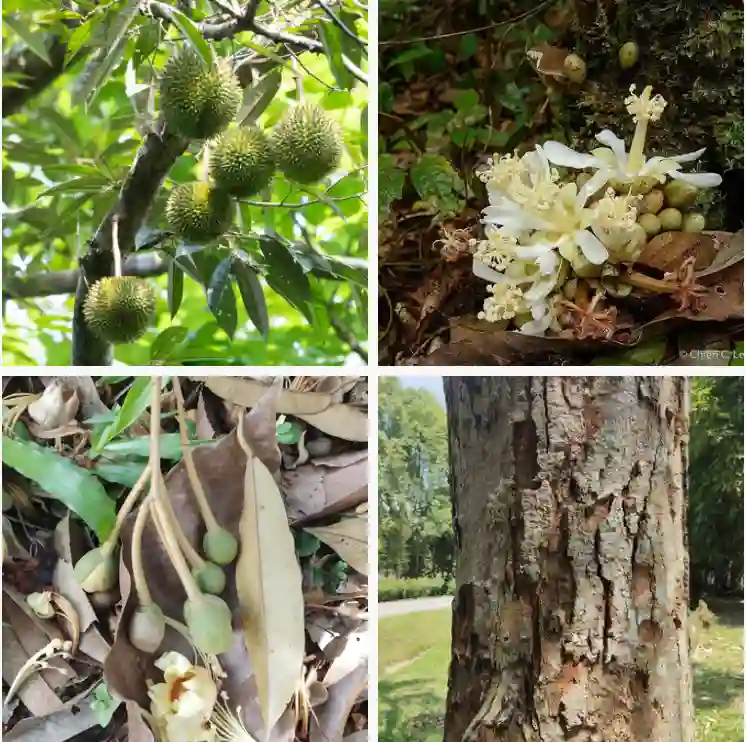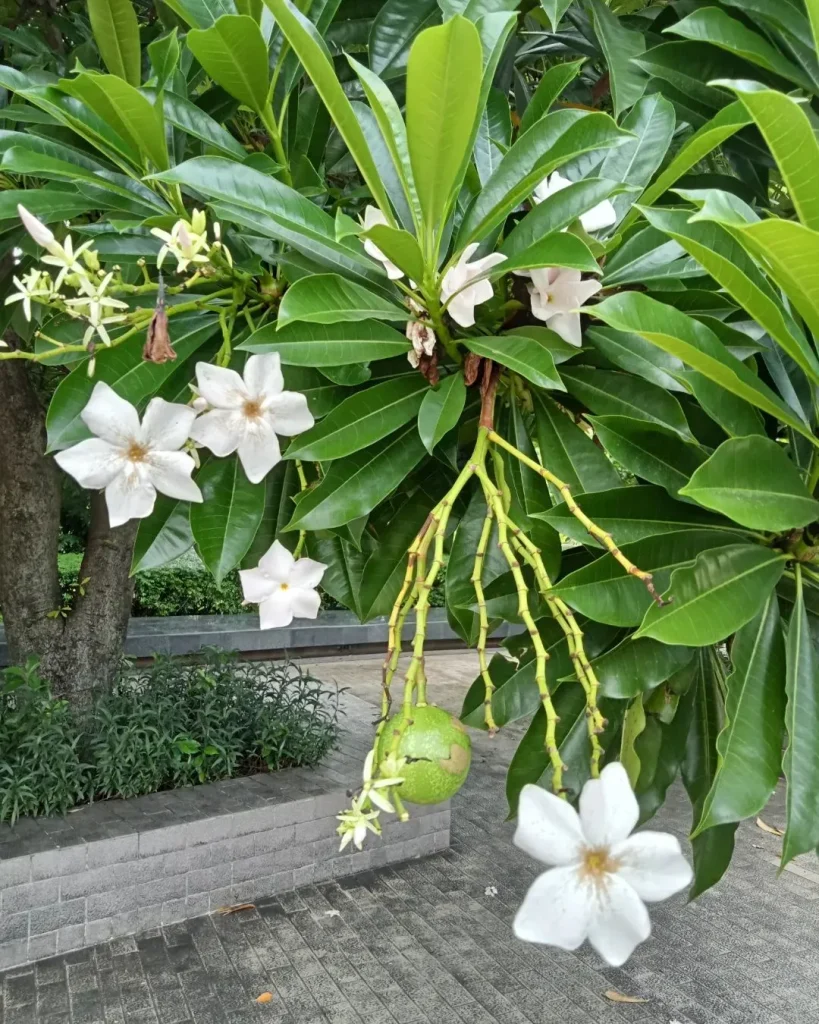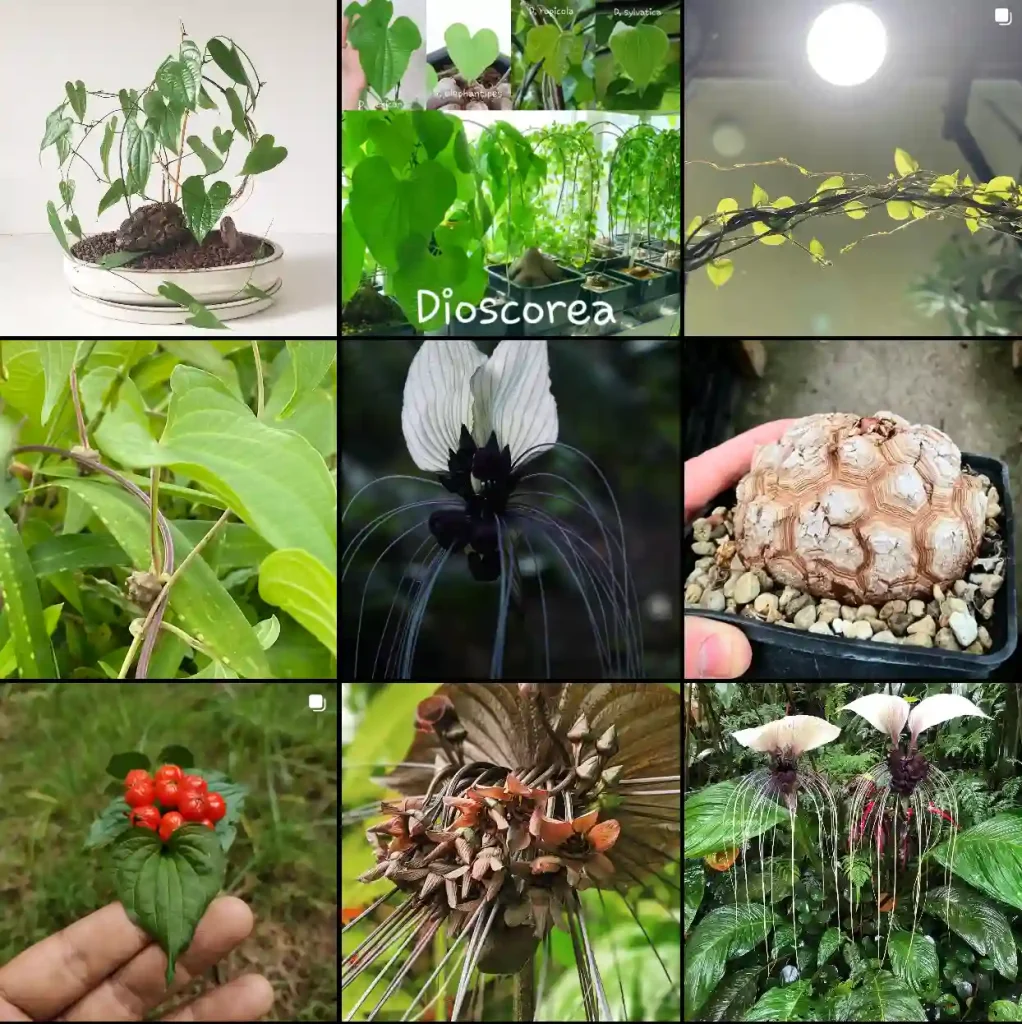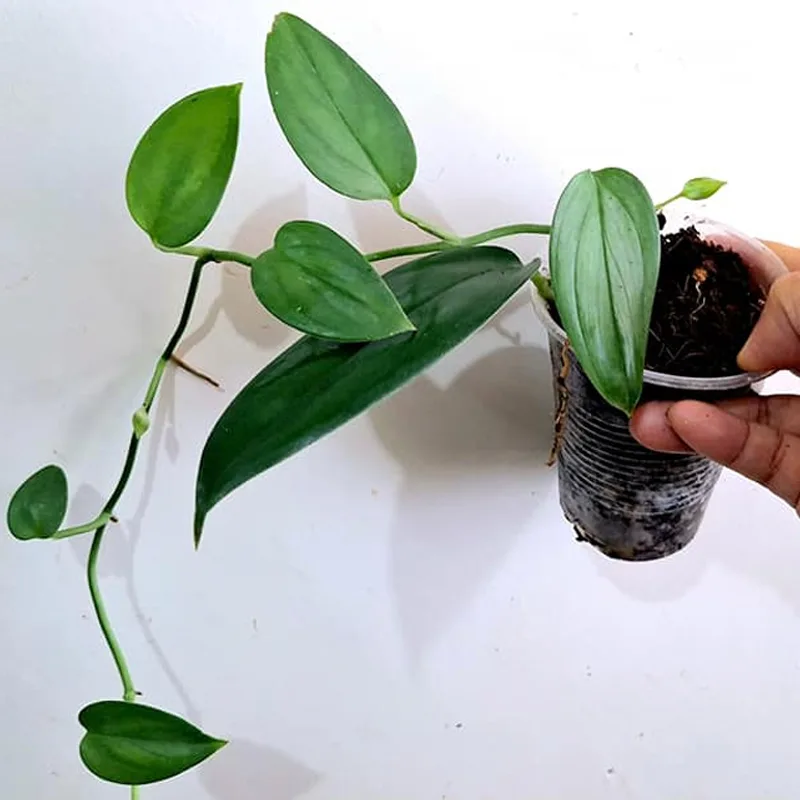FAQs About Acer Triflorum
When I first encountered Acer triflorum, commonly known as the Three-flower Maple, I was immediately captivated by its unique charm. This deciduous tree offers stunning three-lobed leaves, vibrant fall color, and an interesting bark texture. Over time, I’ve gathered a wealth of knowledge about Acer triflorum, and I’m excited to share answers to some of the most frequently asked questions.
What is Acer Triflorum?
Acer triflorum is a small to medium-sized deciduous tree native to East Asia, particularly Japan, Korea, and China. It is celebrated for its trifoliate leaves, which turn a brilliant yellow to red in the fall. The tree’s bark is also notable, with a peeling texture that adds winter interest. Acer triflorum grows to about 20 to 30 feet tall and wide, making it suitable for various garden sizes.
How to Grow Acer Triflorum from Seed?
Growing Acer triflorum from seed can be a rewarding experience, but it requires patience and careful attention. Here’s a step-by-step guide based on my own experiences:
- Harvesting Seeds: Collect seeds in late summer or early fall when they turn brown and dry.
- Stratification: To break the seed dormancy, stratify the seeds by placing them in a plastic bag with moist sand or peat moss. Refrigerate the bag at 40°F (4°C) for about 60 days.
- Sowing Seeds: After stratification, sow the seeds in a well-draining potting mix. Plant them about 1/4 inch deep.
- Germination: Place the pots in a warm, sunny location. Seeds should germinate within a few weeks to a few months. Keep the soil consistently moist but not waterlogged.
- Transplanting: Once the seedlings are large enough to handle, transplant them into larger pots or directly into your garden if the weather conditions are favorable.
How to Care for Acer Triflorum?
Caring for Acer triflorum involves a few key practices:
- Location: Plant Acer triflorum in a location with partial to full sun. It thrives in well-draining soil with a slightly acidic to neutral pH.
- Watering: Ensure the tree receives regular water, especially during dry periods. However, avoid overwatering, which can lead to root rot.
- Fertilizing: Apply a balanced, slow-release fertilizer in early spring to support healthy growth.
- Pruning: Prune the tree in late winter or early spring to remove any dead or damaged branches. This helps maintain its shape and promotes better airflow.
- Mulching: Apply a layer of mulch around the base to retain moisture and suppress weeds.
How to Propagate Acer Triflorum?
Aside from growing from seeds, Acer triflorum can also be propagated through cuttings:
- Selecting Cuttings: Take softwood cuttings in late spring or early summer. Each cutting should be about 4-6 inches long with several leaf nodes.
- Preparing Cuttings: Dip the cut end in rooting hormone and plant it in a pot with a mix of sand and peat moss.
- Rooting: Keep the cuttings in a humid environment, such as a mini greenhouse or under a plastic cover. Roots should develop in 6-8 weeks.
- Transplanting: Once rooted, transplant the cuttings into individual pots and care for them as you would for seedlings.
What to Plant With Acer Triflorum?
Acer triflorum pairs well with various companion plants. Consider planting it with:
- Japanese Forest Grass: Adds a contrasting texture with its fine, arching leaves.
- Hostas: Their broad leaves complement the maple’s delicate foliage.
- Rhododendrons: Offer a burst of color in spring and contrast nicely with the maple’s fall hues.
Can You Grow Acer Triflorum Indoors?
Growing Acer triflorum indoors is challenging due to its size and the need for seasonal changes in light and temperature. It is best suited for outdoor planting where it can fully develop and exhibit its natural beauty.
Is Acer Triflorum Toxic?
Acer triflorum is not considered toxic to humans or pets. However, as with many plants, it’s a good practice to keep children and pets from chewing on leaves or seeds.
Benefits of Acer Triflorum
Acer triflorum offers several benefits:
- Aesthetic Appeal: Its trifoliate leaves and peeling bark provide visual interest throughout the year.
- Seasonal Color: The fall foliage is a vibrant display of yellow to red.
- Wildlife Friendly: The tree attracts birds and insects, supporting local biodiversity.
Common Problems with Acer Triflorum
Acer triflorum can face a few common issues:
- Pests: Watch for aphids and scale insects, which can be controlled with insecticidal soap.
- Disease: Leaf spot and powdery mildew are potential problems, usually mitigated with proper spacing and good air circulation.
- Environmental Stress: Sudden changes in temperature or soil conditions can stress the tree. Ensure stable conditions and proper care to minimize these effects.
Comparing Acer Triflorum with Similar Species
Acer triflorum is often compared to other maples like Acer palmatum (Japanese Maple) and Acer japonicum (Full Moon Maple). While Acer palmatum has more varied leaf shapes and colors, Acer triflorum’s trifoliate leaves and peeling bark provide a unique character. Acer japonicum shares the trifoliate leaf structure but generally has a more tropical appearance and requires slightly different care.
Acer triflorum is a delightful addition to any garden, offering a blend of beauty and practicality. Whether you grow it from seed, care for it, or pair it with other plants, this tree provides enduring charm and seasonal interest.




